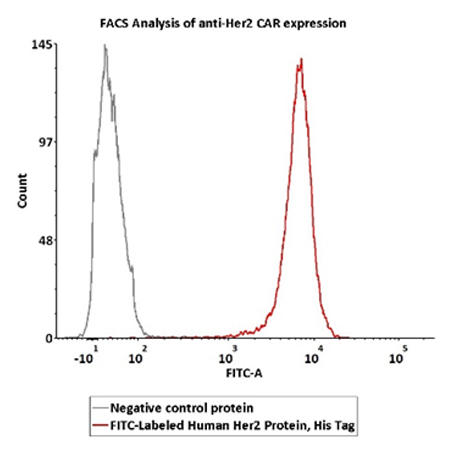
Leave message
Can’t find what you’re looking for?
Fill out this form to inquire about our custom protein services!
Inquire about our Custom Services >>

































 Limited Edition Golden Llama is here! Check out how you can get one.
Limited Edition Golden Llama is here! Check out how you can get one.  Limited Edition Golden Llama is here! Check out how you can get one.
Limited Edition Golden Llama is here! Check out how you can get one.
 Offering SPR-BLI Services - Proteins provided for free!
Offering SPR-BLI Services - Proteins provided for free!  Get your ComboX free sample to test now!
Get your ComboX free sample to test now!
 Time Limited Offer: Welcome Gift for New Customers !
Time Limited Offer: Welcome Gift for New Customers !  Shipping Price Reduction for EU Regions
Shipping Price Reduction for EU Regions
Solid tumors represent approximatively 90% of adult human cancers, and there are many frequently targeted TAAs for solid tumors therapy, including Mesothelin, HER2, EGF R, GPC3, MUC1 and PSMA. The clinical success of CAR T-cell therapy in blood cancers has generated enthusiasm for testing the technology in solid tumors.

MSLN is highly expressed in multiple solid tumors, such as ovarian cancer, lung adenocarcinoma, and breast cancer. Considering its low expression on normal mesothelial cells and high expression in cancer cells, MSLN is a promising target of CAR T therapy for solid tumors.
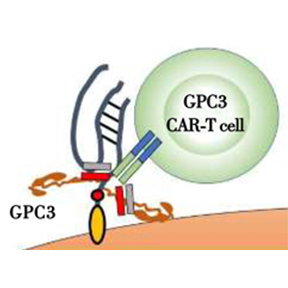
Glypican-3 (GPC3) is an attractive target for CAR-T cell therapy, as it is highly upregulated in hepatocellular carcinoma and several pediatric solid embryonal tumors but shows restricted expression in healthy adult tissues. According to ClinicalTrials.gov, more than 20 clinical trials have been initiated.
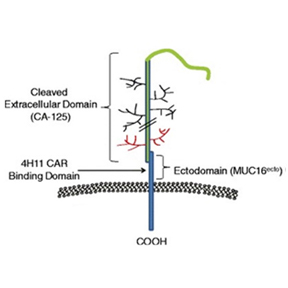
More than 80% of ovarian cancer is characterized by overexpression of MUC16, and the high expression of MUC16 is an important indicator for the early diagnosis of ovarian cancer. Studies have shown that MUC16-CAR-T cells have specific killing effects on MUC16+ ovarian cancer cells in vitro.
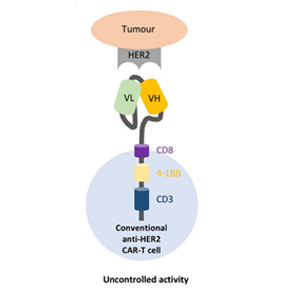
Overexpression and amplification of HER2 is observed in 5-66% of epithelial ovarian cancer, making it an ideal target for ovarian cancer treatment. At present, HER2-specific CAR-T cell therapy has shown good therapeutic potential in the preclinical stage.
Cat. No. MSN-HF223
Product: FITC-Labeled Human Mesothelin (296-580), His Tag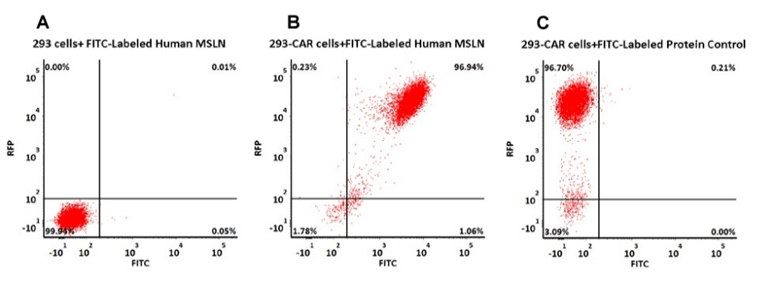
More CAR-T related products
> Click here to learn more about blood tumor targets
> Click here to learn more about Fluorescent-labeled proteins
This web search service is supported by Google Inc.








